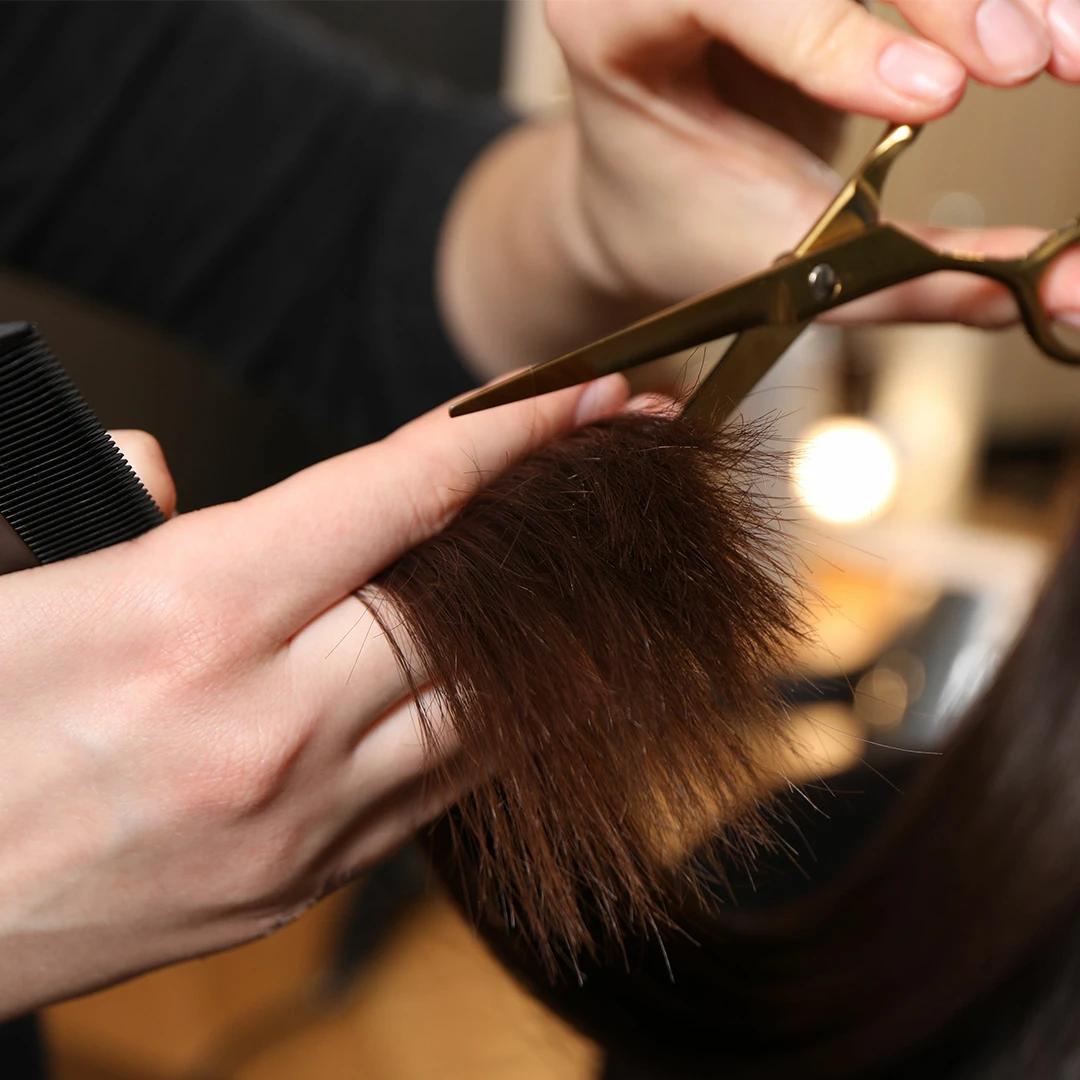Curly hair should be cut when dry so you can see its natural pattern. Cut each curl individually rather than in straight lines. Remember that curly hair shrinks up when it dries, so be conservative with your cuts.
Trimming Fine or Thin Hair
Fine hair shows every mistake, so precision matters more here. Use very sharp scissors and make clean cuts. Avoid heavy layering, which can make thin hair look even thinner. Instead, focus on subtle shaping and healthy ends.
Managing Thick or Coarse Hair
Thick hair can handle more dramatic cuts and benefits from thinning techniques. You might need to make multiple passes to cut through all the hair cleanly. Work in smaller sections and take breaks to avoid hand fatigue.
Frequently Asked Questions
How often should I trim my hair at home?
Most people benefit from trims every 6-8 weeks, but this depends on your hair type and how quickly it grows. If you're just maintaining length and health, you might trim less frequently than someone trying to grow out a particular style.
Can I use regular scissors for cutting hair?
Regular household scissors aren't designed for hair and will create jagged, damaged cuts. Invest in proper hairdressing scissors—they're sharper, stay sharp longer, and give much better results.
How do I fix a bad at-home haircut?
If you've made a mistake, stop cutting immediately. Sometimes letting your hair settle for a day or two helps you assess the damage more objectively. For major mistakes, it's worth visiting a professional who can work with what you've got.
Is it possible to cut my own hair if it's very long?
Long hair is actually easier to cut than short hair because small mistakes are less noticeable. Focus on trimming the ends and creating subtle layers. Use multiple mirrors to check your work from all angles.
How can I achieve a professional-looking result at home?
Take your time, use proper tools, and work in good lighting. Cut small amounts at a time and step back frequently to assess your progress. Practice makes perfect, so start with simple trims before attempting complex styles.
Final Thoughts
Mastering simple hair cutting at home is totally doable with the right approach and mindset. Start small, be patient with yourself, and remember that hair grows. These beginner hair cutting methods will serve you well as you build confidence and develop your skills.
The key is practice and understanding your hair's unique needs. Every snip teaches you something new about your hair's behaviour and your own preferences. Soon enough, those quick touch-ups and maintenance trims will feel like second nature.
Whether you're maintaining a favourite style or trying something completely new, the freedom of DIY hair trimming is genuinely liberating. Your hair, your rules—and with these techniques in your back pocket, you're ready to make it happen.

 1 Unit
1 Unit